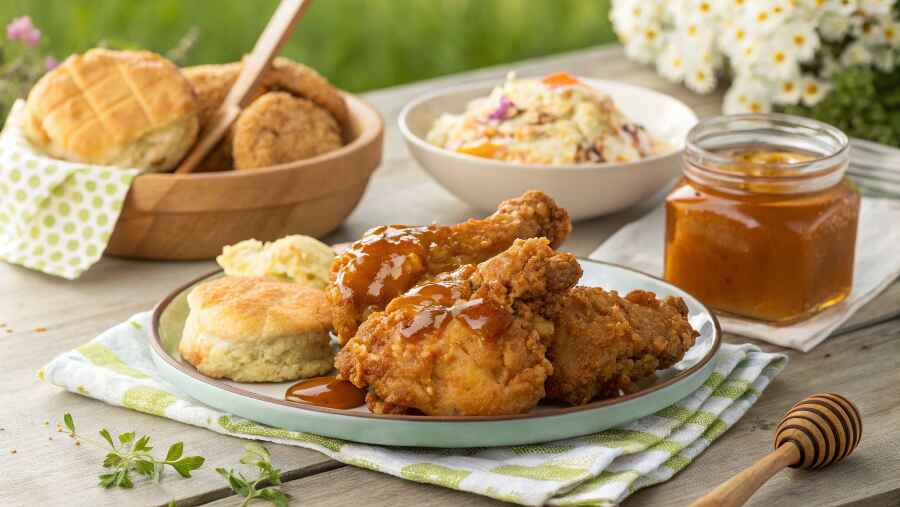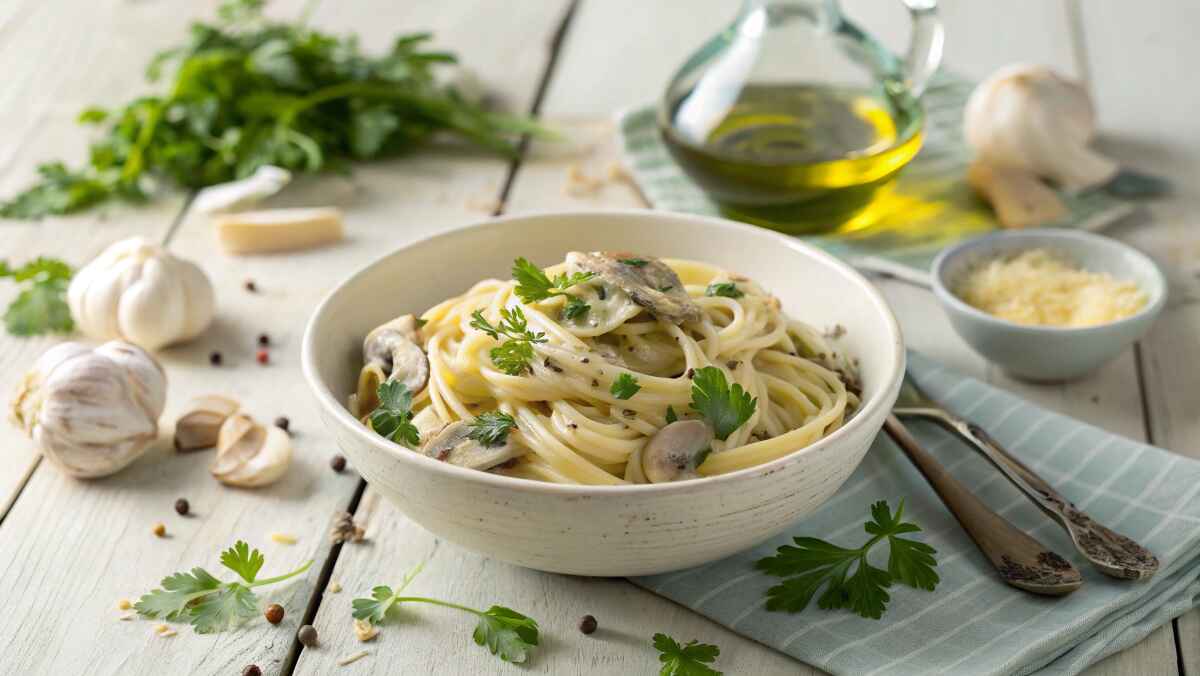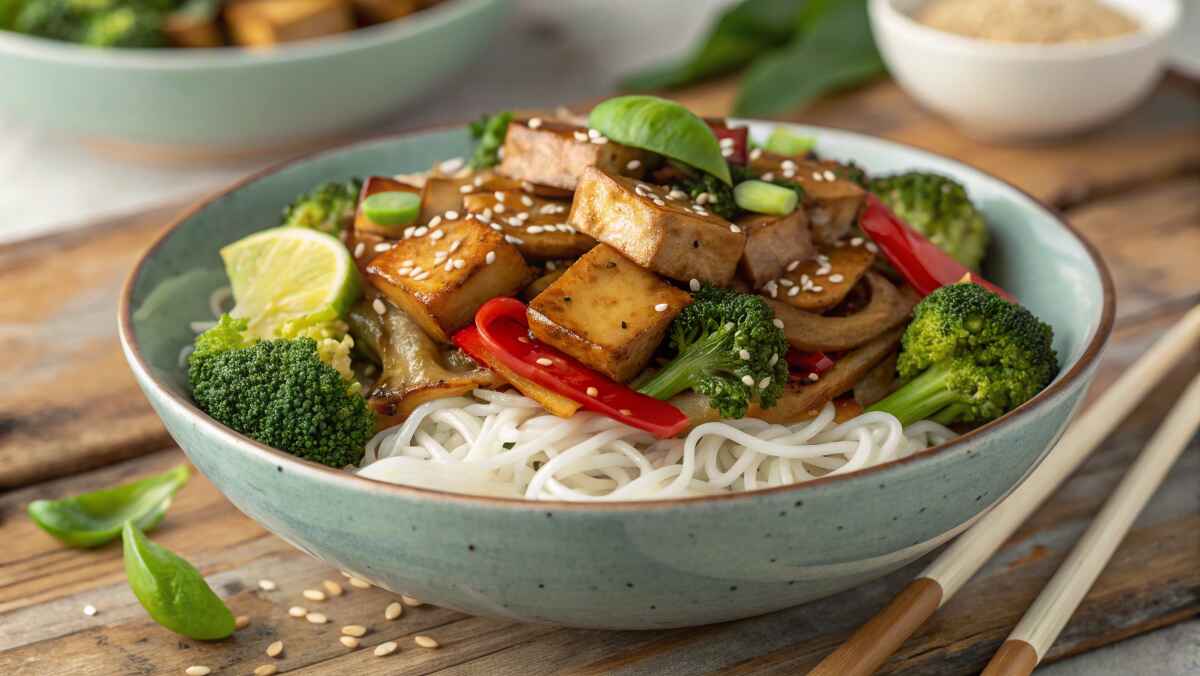Skillet cornbread is a traditional and beloved dish that combines simplicity and bold flavor. Made from a basic batter of cornmeal, flour, eggs, milk, and other pantry staples, it is baked in a preheated cast-iron skillet to achieve its signature golden, crispy crust and tender interior. Moreover, whether you enjoy it as a savory side or a sweet treat, learning how to make cornbread in a cast iron skillet is a skill every home cook should master. In fact, its versatility makes it a perfect companion for stews, barbecues, and even breakfast spreads.
The Rich History of Cornbread
Cornbread’s origins trace back to Native Americans, who cultivated maize as a staple crop for thousands of years. Interestingly, early recipes like ash cakes and pone were made with ground corn and water, cooked directly on hot stones or in ashes. Later on, when European settlers arrived in America, they adopted these recipes, adapting them with ingredients like buttermilk, eggs, and baking soda to create variations closer to the cornbread we enjoy today.
In the Southern United States, cornbread evolved into a culinary icon, deeply rooted in tradition. Furthermore, the practicality of learning how to make cornbread in a cast iron skillet became evident as cast iron cookware was well-suited for wood stoves and open flames. Even today, skillet cornbread remains a cherished symbol of Southern hospitality, embodying comfort and simplicity.
For a similar traditional dish, explore this guide to boneless ribs to pair with your cornbread.
Why Use a Cast Iron Skillet for Cornbread?
If you’ve ever wondered why cast iron skillets are the gold standard for cornbread, the answer lies in their unmatched ability to create the perfect crust. Unlike regular baking pans, cast iron distributes heat evenly, ensuring your cornbread cooks consistently from edge to center. But the real magic happens when you preheat the skillet—a crucial step that transforms an ordinary cornbread into one with a crisp, golden crust and a tender, moist interior.
1. Even Heat Distribution for Perfect Baking
Cast iron is known for its superior heat retention, which means it stays hot long after being removed from the oven. When you pour the batter into a preheated skillet, you get an instant sizzle—a sign that the bottom of your cornbread is forming that signature crispy crust. The consistent heat also ensures that the edges bake evenly while keeping the center soft and fluffy.
2. Natural Non-Stick Surface for Easy Release
A well-seasoned cast iron skillet creates a natural non-stick surface, allowing your cornbread to release effortlessly without leaving behind burnt crumbs. This means you can achieve a beautiful, intact cornbread every time, without worrying about greasing the pan excessively or dealing with stuck-on batter. Over time, as you continue using your cast iron, the seasoning improves, adding even more depth of flavor to your recipes.
3. Adds a Subtle Depth of Flavor
Unlike metal or glass pans, cast iron skillets develop a deep seasoning over time, which subtly enhances the taste of your cornbread. This is especially noticeable in savory cornbread recipes that include cheese, herbs, or smoky bacon bits, as the flavors blend beautifully with the slightly earthy undertones of the seasoned skillet.
4. Classic Southern Tradition and Rustic Presentation
Using a cast iron skillet isn’t just about function—it’s also about tradition. In Southern cooking, cornbread has been made in cast iron skillets for generations because it enhances both texture and flavor. Plus, there’s something inherently comforting about serving cornbread straight from a rustic, well-loved skillet. Whether you’re making classic buttermilk cornbread or a modern variation, the cast iron method delivers authenticity and nostalgia in every bite.
5. Versatile for Other Skillet Recipes
Your cast iron skillet isn’t just for cornbread! If you love one-pan meals, try using your skillet for recipes like Butternut Squash Lasagna. The same even heat retention and non-stick properties make it perfect for casseroles, baked pasta dishes, and even skillet pizzas.
Ingredients for Skillet Cornbread

Mastering how to make cornbread in a cast iron skillet begins with understanding each ingredient’s role. Below is a detailed breakdown of the essentials:
- Cornmeal
- Purpose: The foundation of the recipe, cornmeal provides the characteristic gritty texture and rich flavor.
- Types: Stone-ground cornmeal delivers a coarser, more rustic texture, while fine or medium-grind cornmeal yields a smoother bite.
- White vs. Yellow Cornmeal: Yellow cornmeal adds sweetness and color, while white cornmeal has a milder flavor.
- All-Purpose Flour
- Purpose: Softens the cornbread’s texture by balancing the grit of cornmeal.
- Substitutions: Use whole-wheat flour for added nutrition or gluten-free flour for dietary needs.
- Baking Powder and Baking Soda
- Purpose: Ensure a light, fluffy rise by creating bubbles in the batter. For best results, use them with acidic ingredients like buttermilk.
- Salt
- Purpose: Enhances the natural flavors of the cornmeal, butter, and buttermilk. Additionally, for added depth, try smoked or herbed salt.
- Buttermilk
- Purpose: Provides tanginess and moisture while reacting with baking soda for fluffiness.
- Substitution: Mix regular milk with 1 tablespoon of vinegar or lemon juice for a similar effect.
- Eggs
- Purpose: Bind the ingredients together while adding structure and richness.
- Butter
- Purpose: Adds richness and flavor, while greasing the skillet to create the iconic crust. Moreover, use melted butter in the batter for a moist texture.
Optional Ingredients for Creative Variations
Learning how to make cornbread in a cast iron skillet also means experimenting with fun add-ins. For instance, here are some popular options:
- Cheese: Add shredded cheddar or feta for a savory twist.
- Vegetables: Mix in diced jalapeños, sautéed onions, or corn kernels for texture and flavor.
- Sweeteners: Incorporate honey, brown sugar, or maple syrup for a dessert-like cornbread.
- Proteins: Fold in crumbled bacon, cooked sausage, or shredded chicken for a hearty dish.
Step-by-Step Guide: How to Make Cornbread in a Cast Iron Skillet
Follow these steps to create perfect skillet cornbread every time:

- Preheat the Skillet
- Place the cast-iron skillet in the oven and preheat to 400°F (200°C). Importantly, let it heat for at least 10 minutes to ensure even cooking.
- Mix the Dry Ingredients
- In a large mixing bowl, combine:
- 1 cup of cornmeal
- 1 cup of all-purpose flour
- 1 tablespoon of baking powder
- 1 teaspoon of baking soda
- 1 teaspoon of salt
- In a large mixing bowl, combine:

- Prepare the Wet Ingredients
- In another bowl, whisk together:
- 1 ¼ cups of buttermilk
- 2 large eggs
- ¼ cup of melted butter
- In another bowl, whisk together:
- Combine the Ingredients
- Gradually mix the wet ingredients into the dry ingredients, stirring gently to avoid overmixing. As a rule of thumb, the batter should be slightly lumpy.
- Grease the Skillet
- Remove the preheated skillet from the oven and add 2 tablespoons of butter. Swirl it around to coat the bottom and sides evenly.

- Pour and Bake
- Pour the batter into the hot skillet. Bake for 20–25 minutes or until the top is golden and a toothpick inserted into the center comes out clean.
- Cool and Serve
- Allow the cornbread to cool for 5–10 minutes before slicing. Finally, serve directly from the skillet or transfer to a cutting board.
Serving Suggestions for Skillet Cornbread
Cornbread is endlessly versatile. Here are a few ideas to try:
- With Soups and Stews: Pair it with chili or vegetable stew.
- As a Side Dish: Serve it alongside smoked ribs, pulled pork, or roasted chicken.
- Sweetened Up: Drizzle with honey or maple syrup for a dessert-like treat.
For more serving ideas: Check out this guide to gluten-free meatballs.
FAQ: How to Make Cornbread in a Cast Iron Skillet
- Why is my cornbread crumbly?
- Crumbliness can result from too much cornmeal or insufficient moisture. Adjust with additional buttermilk or eggs.
- How do I prevent sticking?
- Preheat and grease the skillet thoroughly. Use a well-seasoned skillet for best results.
- Can I make vegan skillet cornbread?
- Yes! Replace eggs with flaxseed eggs and use plant-based milk and butter.
- What’s the best way to reheat cornbread?
- Wrap it in foil and warm it in a 300°F (150°C) oven for 10–15 minutes, or microwave individual slices covered with a damp paper towel.
- Can I freeze leftover cornbread?
- Absolutely! Freeze slices in airtight containers or freezer bags for up to three months.
The Joy of Learning How to Make Cornbread in a Cast Iron Skillet
Mastering how to make cornbread in a cast iron skillet is about more than just following a recipe—it’s about embracing a culinary tradition that brings people together. There’s something incredibly satisfying and nostalgic about the process: from heating the skillet, to pouring the batter and hearing that signature sizzle, to finally cutting into a golden, crispy masterpiece fresh out of the oven.
Cornbread isn’t just food—it’s a shared experience. Whether it’s part of a Southern Sunday supper, a cozy winter meal with chili, or a comforting side at a family barbecue, skillet cornbread has a way of making any gathering feel warmer and more inviting. The rustic charm of a well-seasoned cast iron skillet enhances both the flavor and the experience, connecting you to a time when meals were made with simple, wholesome ingredients and cooked with care.
One of the greatest joys of skillet cornbread is its versatility. You can enjoy it plain, warm with butter and honey, or get creative by adding savory ingredients like cheese, jalapeños, and bacon or sweet flavors like maple syrup and cinnamon. Each variation tells its own story, reflecting personal tastes and regional traditions.
Learning how to make cornbread in a cast iron skillet is about keeping a timeless tradition alive. It’s about passing down flavors, memories, and skills from one generation to the next. So whether you’re making it for the first time or the hundredth, take a moment to appreciate the simplicity, comfort, and history in every bite. Because at the end of the day, skillet cornbread isn’t just about what’s in the pan—it’s about the love, warmth, and community it creates. 🍞🔥❤️




